Gulshan fire a wake-up call

We express our sorrow at the deaths of two persons who succumbed to the injuries they sustained during the Sunday night fire that broke out in a residential building in the capital's Gulshan area. We also hope for the speedy recovery of those who are still under treatment. The several fire service units and others working in the rescue mission during that night must be commended for being able to douse the fire by 11pm and averting a much bigger disaster. But this incident has brought to light the need for building developers, owners, and government authorities to review whether the increasing number of high-rises in the country are maintaining necessary measures against such fire incidents.
Fire safety for high-rise buildings is a two-pronged practice: internal and institutional. Internally, there should be fire safety measures in place such as fire extinguishers, separate fire exits, hose cabinet systems, etc. There are ample laws and rules – from the Fire Service and Civil Defence (FSCD) and from Rajdhani Unnayan Kartripakkha (Rajuk) – which direct how these fire safety measures must be put in place. However, according to a 2020 study by the Bangladesh Institute of Planners, 96 percent of the establishments under Rajuk's jurisdiction have been constructed deviating from the designs which had been approved by authorities. Rajuk, too, has been accused of not overseeing buildings before, during, and after their construction as it is supposed to do – to say nothing of the allegations against the organisation of taking bribes to approve buildings even when they have flouted the initial design plans. In 2019, Rajuk's own survey of 1,818 high-rises (over 10 storeys) in Dhaka city found that at least 63 percent lacked adequate or any fire safety measures.
Once a large-scale fire breaks out, all eyes are usually on the fire service units to demand that they douse the fire as soon as possible. But it must also be investigated whether the tens of thousands of establishments in our cities follow the outlined fire safety rules that apply to them. It is also crucial that building owners and buyers of flats themselves are aware of these fire safety rules and the specific design requirements. Additionally, residents themselves must be educated on what to do to not only prevent fires (such as turning off gas sources when not in use and checking for loose ends in electric connections), but also the steps to take to save themselves and others if a fire does break out.
In the case of Sunday's Gulshan incident, as of writing this editorial, fire service officials are primarily suspecting that a short circuit in the elevator sparked the fire, which then spread quickly due to the plywood floor of the elevator. We hope that further investigation will reveal how this fire could have been prevented. We also urge the relevant government authorities to take this incident as a wake-up call and be stricter when it comes to ensuring the implementation of fire safety measures in establishments. As we have seen too often, building owners'/developers' tendency to cut corners by not accommodating fire safety and certain authorities' willingness to allow this can spell tragedy for many innocent people.

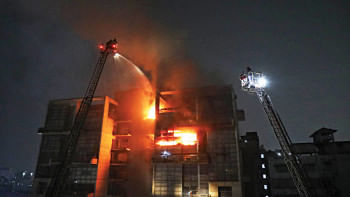
 For all latest news, follow The Daily Star's Google News channel.
For all latest news, follow The Daily Star's Google News channel. 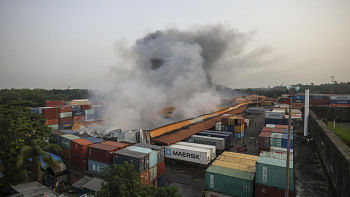


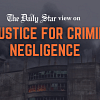

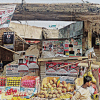
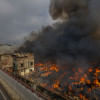

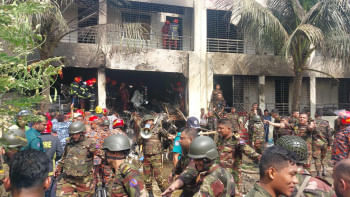
Comments